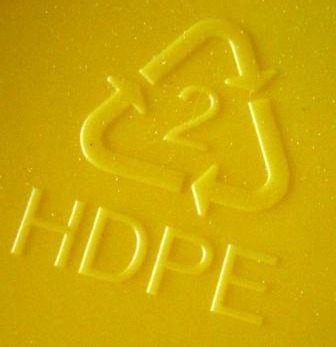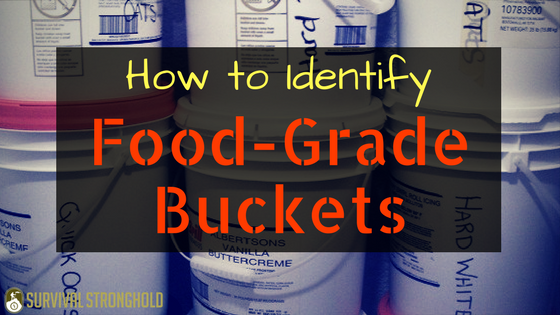Storing survival food in buckets is a very great idea. They will keep your food protected from light, temperature, and moisture, and help to store them neatly and securely in your basement or garage. They have the added advantage as well of being able to be transported quickly and easily, should you have to evacuate your home.
But, not all buckets are created equal. You might be tempted to use any bucket you have access too, especially those you can get for free. If you want your food to last, though, you’ll want to make sure you’re storing it in food-grade buckets.
Fortunately, identifying food-grade buckets isn’t too complicated, and, since a lot of food is delivered to many restaurants and businesses in food-grade buckets, you can actually often find them for free. Check local bakeries, sandwich shops, and big box stores to see if they discard any buckets you could snag for free.

The Silent Killer You’re Not Preparing For…
What Do CIA Ops Know That We Don’t?
Having Trouble Sticking With Paleo?

